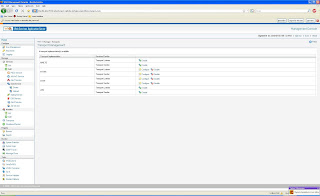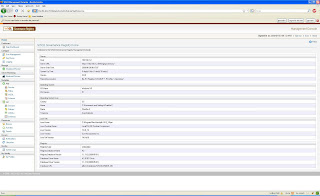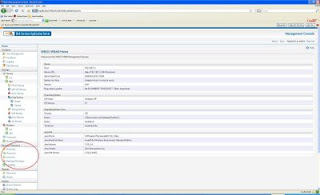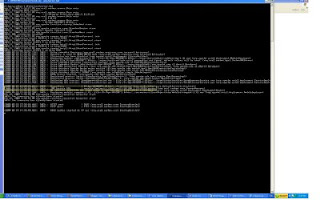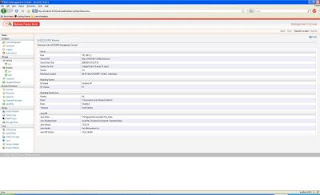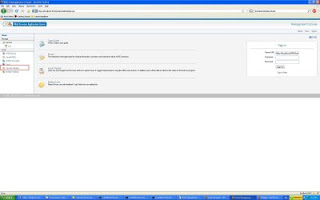When wso2 carbon server (WSO2 WSAS, ESB, Registry and BPS) is running in production environments, it may be required to perform some essential upgrades without shutting down the server. [WSO2 Carbon is the base platform for all WSO2 Java products. wso2 carbon server refers to any of WSAS, ESB, Registry or BPS server] WSO2 Carbon based products are equipped with JMX based monitoring and management facilities, through which you can switch to maintenance mode. Step 1 In order to enable JMX management, you must uncomment the JMX port element in CARBON_HOME/conf/carbon.xml <Ports> <!-- The JMX Port --> <JMX>9999</JMX> </Ports> CARBON_HOME is the directory where you extracted wso2wsas-3.0, wso2esb-2.0, wso2-registry-2.0 or wso2-bps-1.0 binary distributions. Step 2 Start your WSO2 carbon server (WSAS, ESB, Registry or BPS). You will notice that the JMX service URL will be printed in the startup conso


